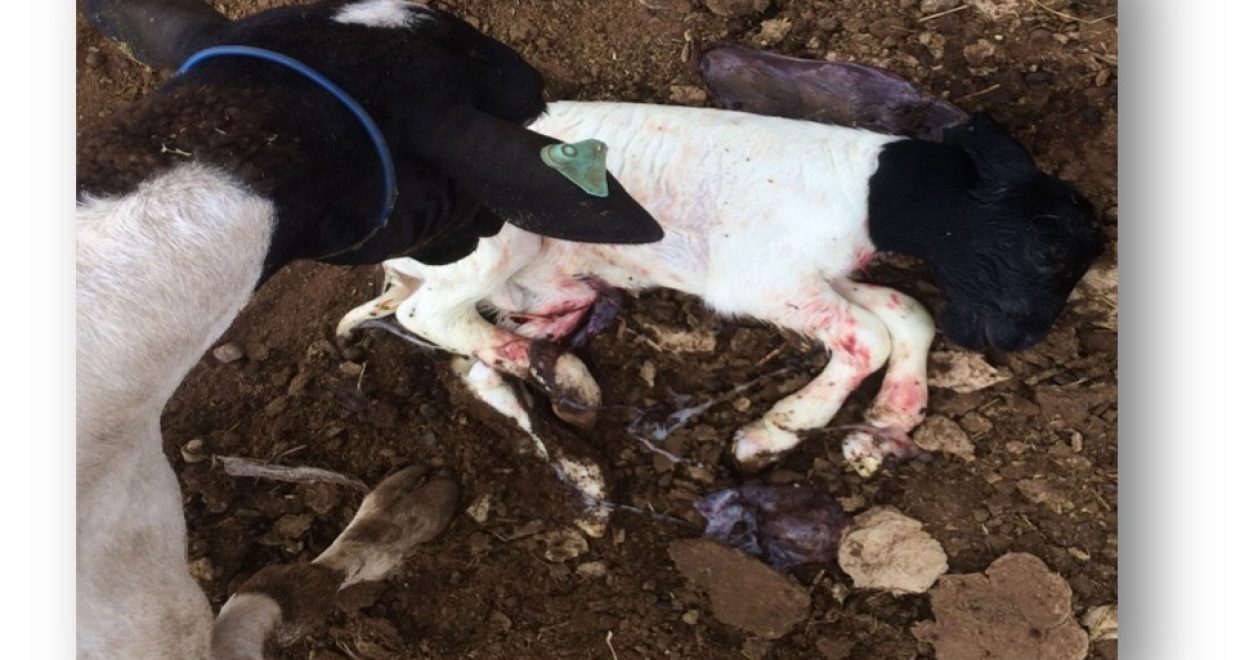Neonatal mortality, still a challenge for sheep production systems
The paper “Risk factors for neonatal mortality in sheep farming systems in tropical semi-arid regions“, published in The Journal of Agricultural Science, has been chosen as the latest Editorial Highlight and is freely available to download for one month.

The efficiency of sheep production systems depends on a high survival rate of the lambs. Sheep farming holds economic and sociocultural importance in semi-arid regions worldwide. Out of the total of 1.2 billion sheep in the world, 0.4 billion are found in semi-arid regions. In this review, we discuss the main risk factors for neonatal lamb mortality and its association with the prevailing environmental conditions in tropical semi-arid regions. Over the past few decades, the average mortality rate of newborn lambs has remained relatively constant (~15%) worldwide. However, this rate is reported to be higher (up to 30%) in small-scale sheep farming systems in developing countries. Overall, the main risk factors for neonatal mortality include low birth weight, dystocia, adverse weather conditions, inadequate milk or colostrum supply, competition between siblings in multiple births, and poor expression of maternal behavior.

In tropical semi-arid regions, recent findings have revealed that newborn lambs from hair coat sheep breeds show less vigor in performing their first suckling, even when exposed to moderate cold conditions (18 – 20 ºC). However, the high radiant heat load in these areas can also challenge the thermoregulation of ewes and newborn lambs, especially in areas without protection against direct short-wave solar radiation. Under such circumstances, newborn lambs have been reported to become hyperthermic. The role of heat stress as a risk factor for neonatal lamb mortality deserves further investigation, particularly in troIpical semi-arid areas where the impact of rapid climate change is expected to result in drier and hotter conditions.

Most studies examining factors influencing the heat balance of newborn lambs have been conducted in laboratory environments and temperate climate regions, with an emphasis on the effect of cold as the primary challenge to maintaining homeothermia in the first few hours after birth. Research on thermoregulation and factors affecting the heat balance of newborn lambs born in semi-arid equatorial regions is limited. Therefore, our aim is to better understand how these animals cope with high mean radiant temperatures. In a study conducted by Santos et al. (in preparation) involving lambs in a semi-arid region, it was observed that the thermal radiation environment in an equatorial semi-arid region poses a challenge to the thermoregulation of newborn lambs. The authors noted a direct influence of radiant thermal load on the lambs’ vigor and surface temperature, which could even lead to hyperthermia when exposed to solar radiation. However, more research is needed to fully comprehend how these animals adapt to conditions of high mean radiant temperatures.

The Journal of Agricultural Science Editorial Highlights are selected by the Editor-in-Chief and are freely available for one month. View the recent selections here.






